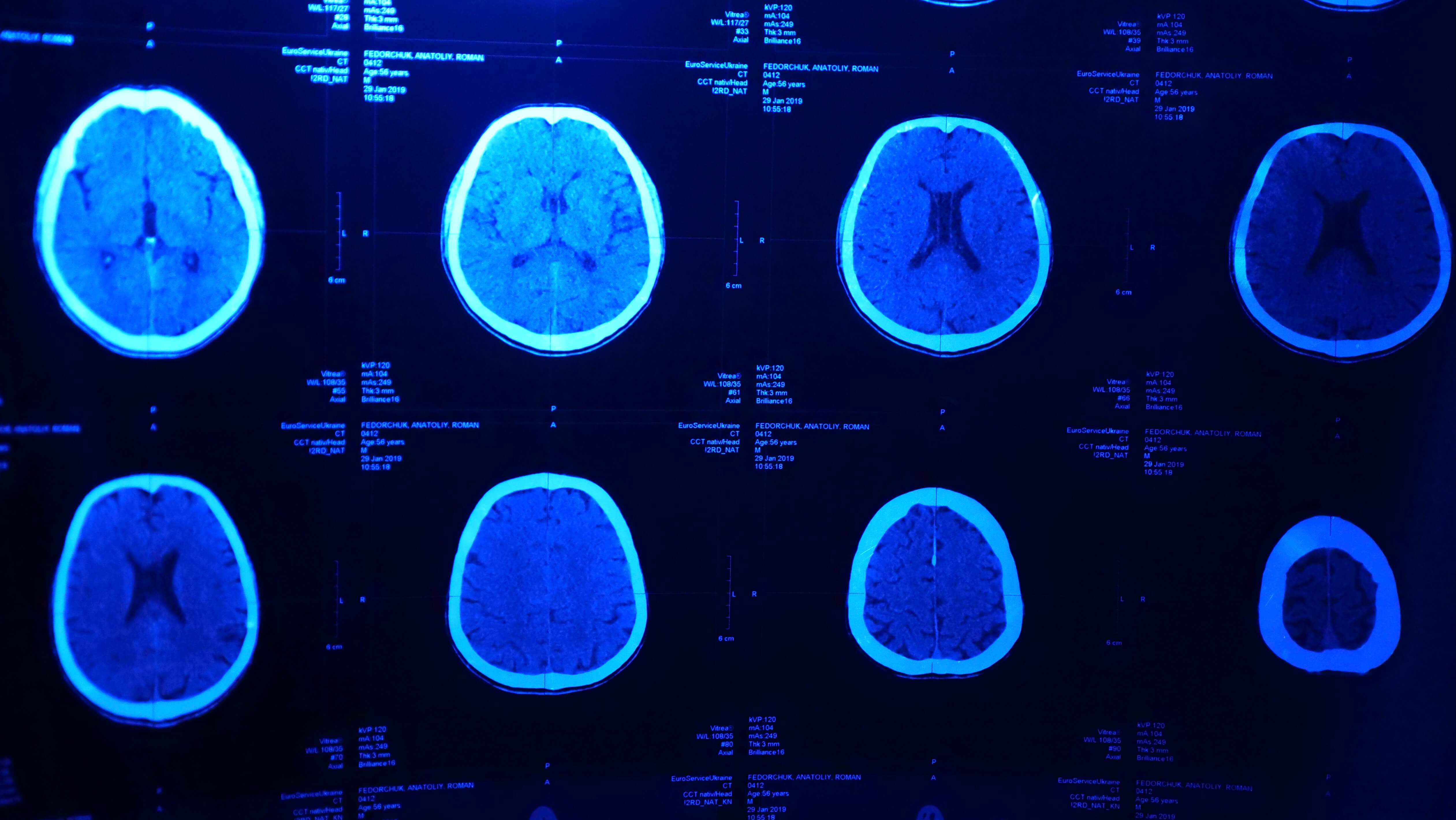What can our skin and brain cells tell us about Parkinson's?

Disclaimer: This photo (Colourbox) has been chosen for a decorative purpose and not because it illustrates anything related to Parkinson's.
Practical information
The talk took place 28/5 18:30 – 20:00 in Victor Haderup Auditorium, Blegdamsvej 3B, Copenhagen 2200 N.
Follow Medicinens Verden
"What can our skin and brain cells tell us about Parkinson's?"
A Medicinens Verden talk by Céline Galvagnion
More and more people develop Parkinson’s Disease! The Parkinson’s brain and skin cells are different from the healthy cells in their fat, or lipid, content. But how? Céline Galvagnion has studied these cell types intensively.
A detailed characterisation of the "lipid content of brain and skin cells at the different stages of Parkinson’s Disease can show us the specific lipid signature of the progression of the disease. And researchers can use this to design strategies to revert the pathological changes in the lipids.
In this talk, Céline Galvagnion will show how our brain and skin cells can be used to understand the progression of Parkinson’s Disease and how this knowledge can be used to design efficient biomarkers and medical treatments against this currently incurable disease.
What happens in brain and skin cells when Parkinsons develops?
Parkinson’s Disease is a neurodegenerative disease characterised by the loss of specific brain cells involved in reward and movement and the deposition of protein clumps in the brain of patients. These protein clumps also contain lipid (fat) molecules.
Lipids are important building blocks of the biological membranes that delineates our cells. Our brain is the second richest organ in lipid molecules and each brain area or cell type is characterised by a specific lipid composition. The lipid composition of our cells is tightly regulated and maintained so that they optimally fulfil their function.
So, changes in the membrane composition of our cells can make them dysfunctional and become harmful, and because of this they have been associated with a range of diseases including diabetes, Alzheimer’s and Parkinson’s Disease.
Céline will talk about the latest research on the identification of specific changes in lipid composition of brain and skin cells associated with Parkinson’s Disease and its progression. She will also explain some new potential strategies to revert these diseases that are related to harmful changes in the lipids, the so-called small molecules treatments.
About the researcher: Céline Galvagnion
Céline Galvagnion is Associate Professor at the Department of Drug Design and Pharmacology and leads the research group Protein-membrane interactions in health and disease. See her full researcher profile here.
Céline seeks to discover the molecular mechanisms leading to modifications in the metabolism of fats associated with protein clumping in the Parkinson’s Disease brains and to find therapeutic solutions to revert disease related changes in fats metabolism as a potential cure for the disease.
